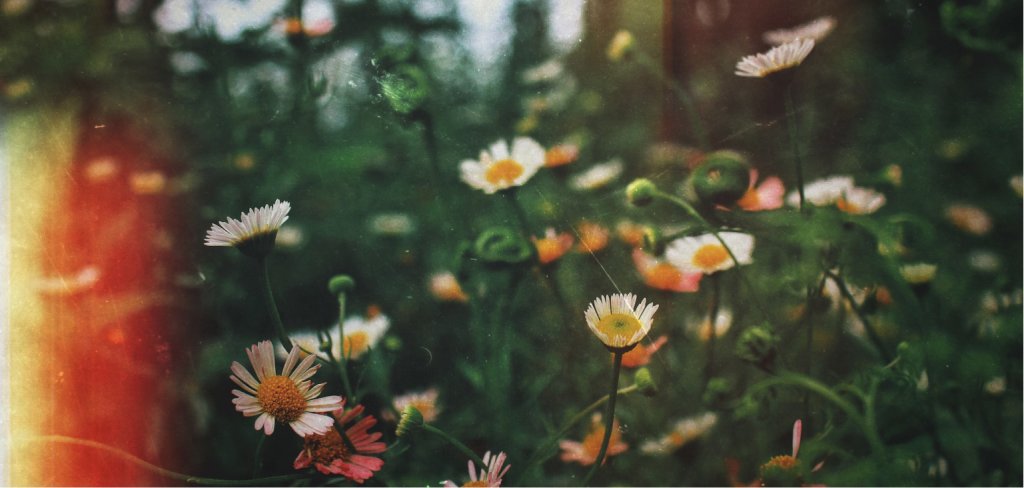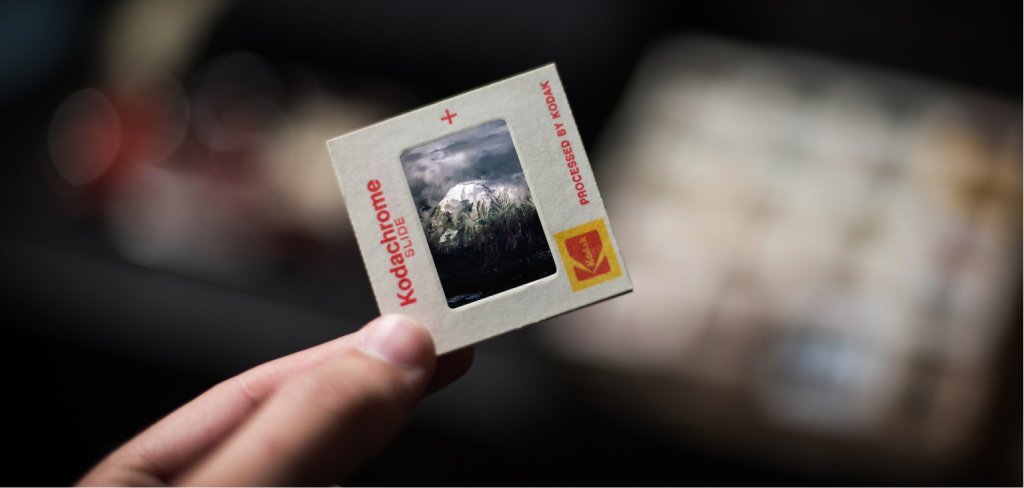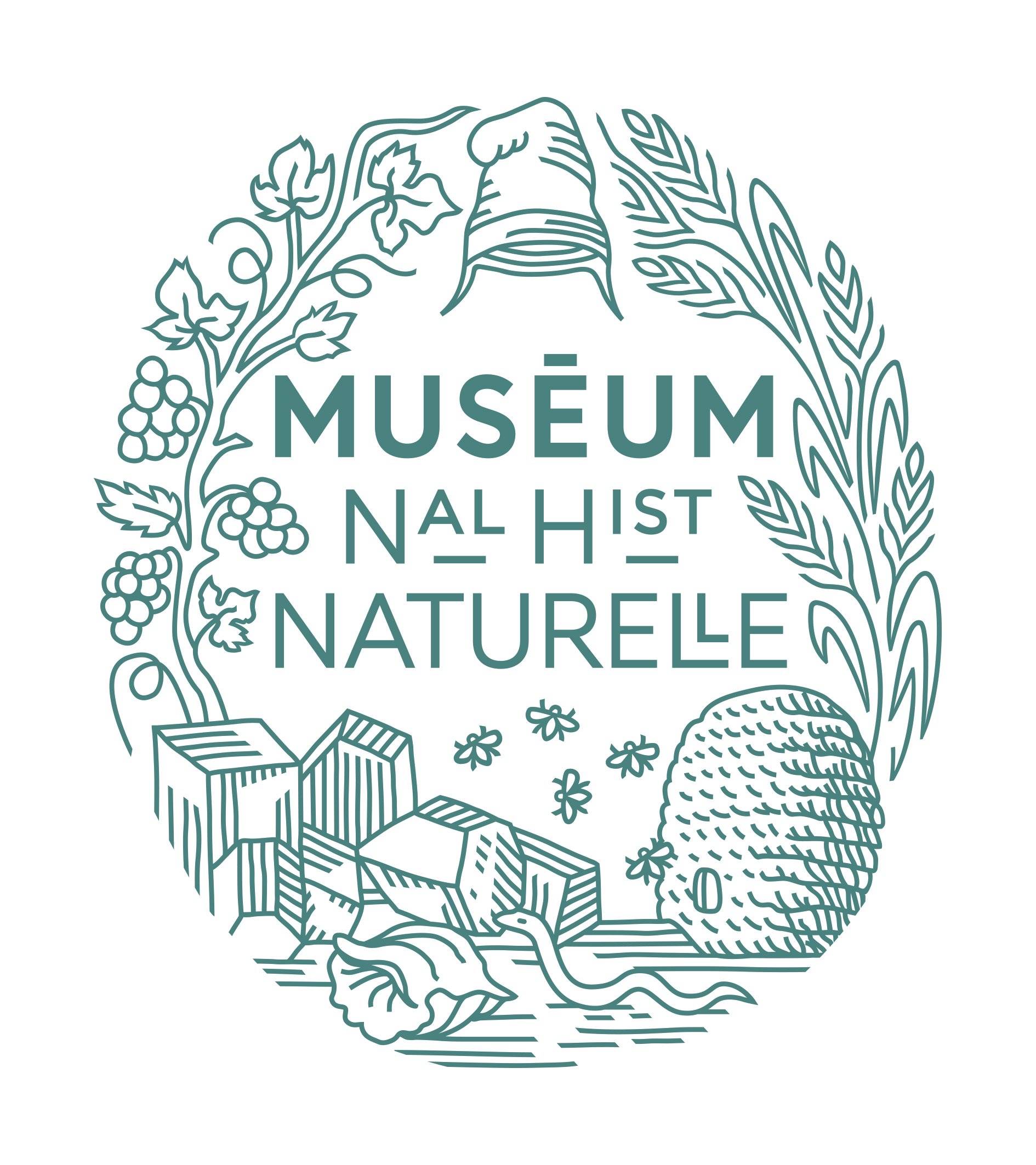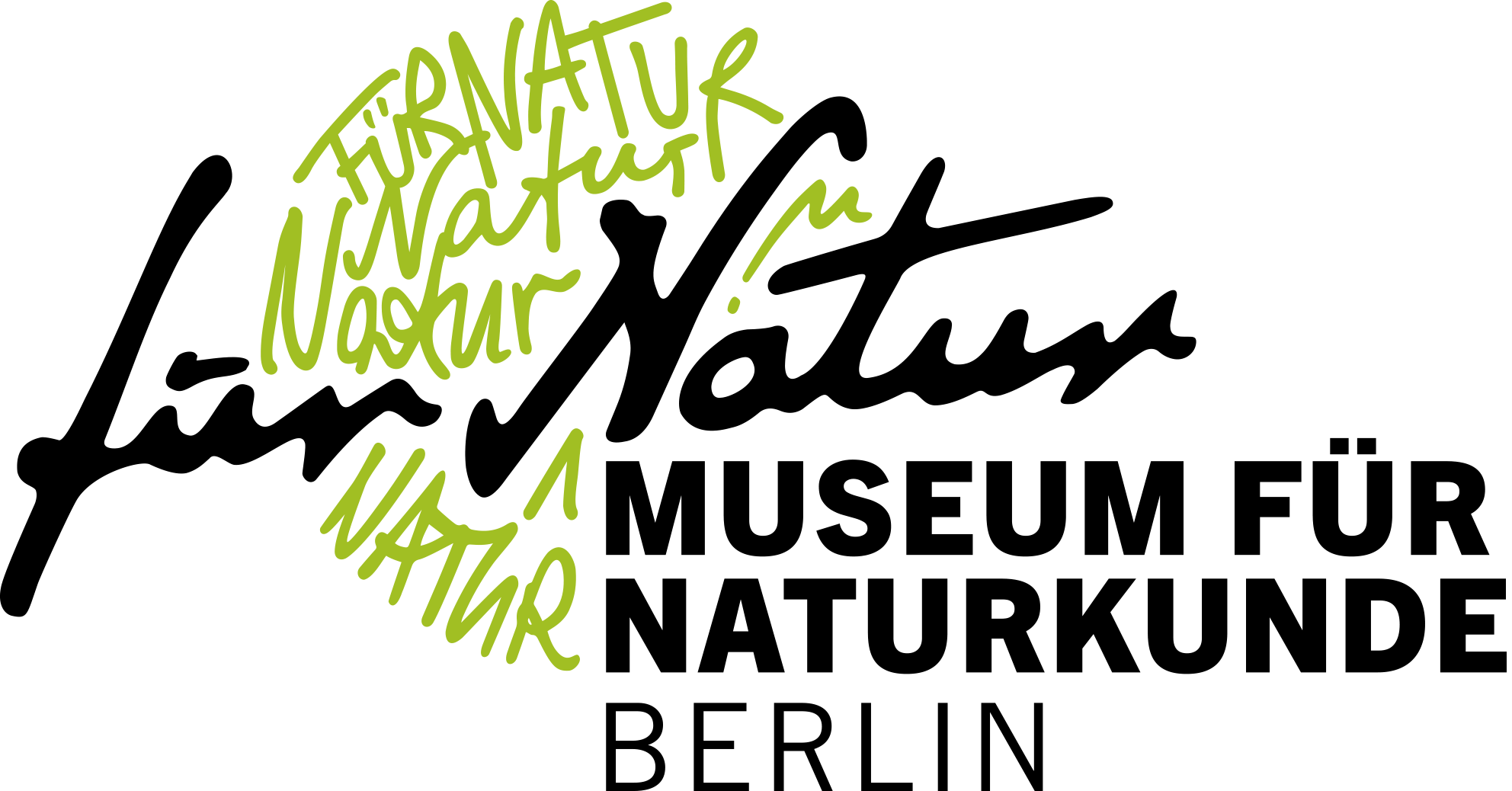Objectives
Building a participatory and digital collection on environmental change:
Integration of local knowledge, multiple perceptions and interpretations, and emotions in order to better understand ongoing environmental transformations, both at the individual and collective levels.
Specific actions
To propose to citizens to share documents from the past/archives (private, personal archives or public documents):
Which they see as evidence of changes in nature
That challenge or surprise
And that make them want to build a story about the perceived change.
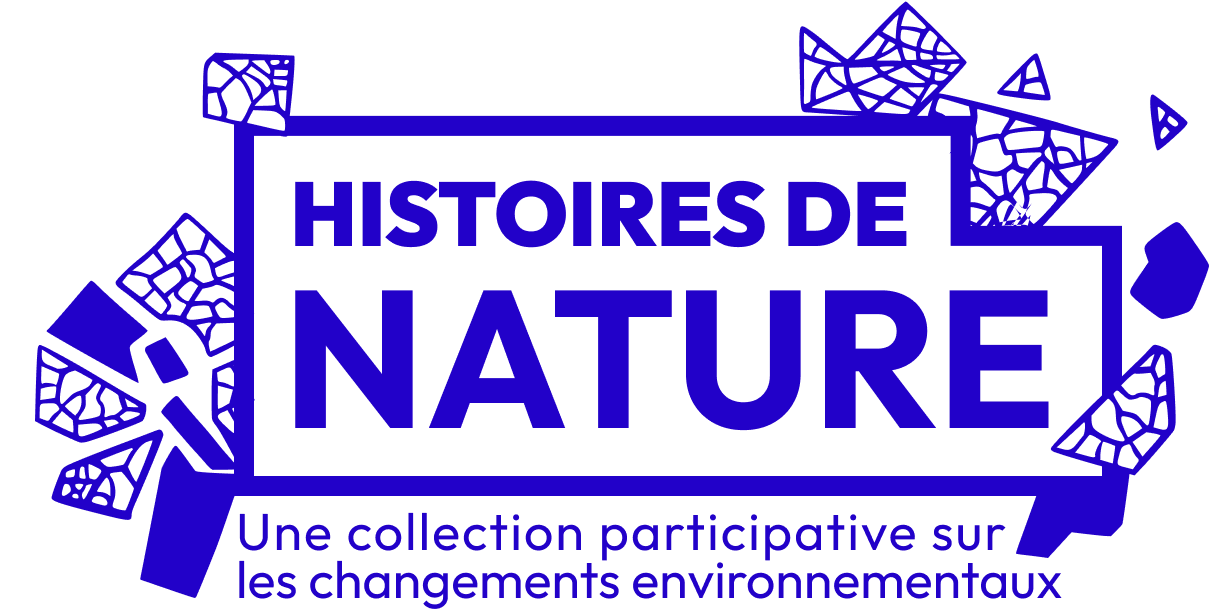
 Project created
Project created
 Internationally
Internationally
All countries are included, the platform is currently trilingual in English, French and German, allowing speakers of these three languages to contribute and interact
Type of project : Field, online
Participation period : All year long
Level of involvement : Case by case
Project description
The Project
“Changing Natures” invites the public to contribute objects and personal stories to a digital collection that explores unfolding processes of environmental transformation.
Organized by the Museum für Naturkunde Berlin and the Muséum national d’Histoire naturelle Paris, “Changing Natures” seeks to integrate personal, local, and cultural knowledge relating to human influence on nature into contemporary natural history collections. The project focuses on individual perspectives on human-made environmental transformations: What things from the past can tell us stories about these changes? Which objects and memories surprise us today? What have we long forgotten – or never noticed?
“Changing Natures” is underpinned by the belief that previously untold stories of these environmental transformations can help us respond to the challenges of the Anthropocene. We are all familiar with images of burning rainforests and the exponential curve tracking the growth of global greenhouse gas emissions. But is it really possible to comprehend the scale and impact of human activity in our changing environment on the basis of these images alone?
We hope that this emerging collection and its many perspectives on global transformations, like climate change and loss of biodiversity, will spark debate and highlight opportunities for action. Reflecting this aspiration, the collection links the local experiences of individuals with collective perceptions, and memories of the past with reflection on our global future.
Our research questions
Our work is guided by three central research questions:
- How do collective and individual memories shape our relationship to the environment in the present?
- What do personal and local traces of changing nature — such as everyday objects, mementoes, and historical documents — tell us about contemporary global transformations?
- How can we integrate the knowledge of different actors and communities into natural history collecting practices?
A collection experiment
Our platform establishes a space for the development of a digital participatory collection in which the participants themselves, rather than the scientists, decide which objects can be part of the collection and how they are to be described and linked to one another. The platform is trilingual (German, French, English) and uses machine translation to support communication between different linguistic and cultural contexts. Harnessing citizen science, “Changing Natures” is an open and innovative experiment in collection-building that embraces different perspectives and invites diverse voices to have their say. The project reflects a new approach to science which assumes that the generation of knowledge is a collaborative enterprise in the Anthropocene and is driven by exchange between society and research.
What is the Anthropocene?
The Anthropocene – the « Age of Humankind » – refers to a new geological epoch in the history of the Earth. One in which human activity has left its mark on the entire planet – from its material cycles to its sediments. The Anthropocene manifests itself in the worldwide loss of biodiversity, climate change and the growing scarcity of natural resources such as water or sand. In this new epoch, humankind has become a decisive factor in the Earth’s sensitive system. As a consequence, we must learn to live within the planetary boundaries in order to maintain the foundations of life for current and future generations.
But the idea of the Anthropocene tacitly assumes that humankind, as a single, monolithic whole, are both responsible for the unfolding changes in the environment and capable of doing something to address them. But who does « humankind » refer to here? Who is responsible? And who is in a position to take action?
The emergence of the Anthropocene is closely linked to the economic and political power of a small number of industrialized nations, many of which are located in Europe. Peoples in numerous places around the world have been and still are excluded from the wealth and prosperity created by early and modern capitalism – even though the resources located there were the main basis for this wealth. In diverse regions on the African or American continents, both raw materials and people were viewed as mere resources and systematically exploited in this process. Even today, access to both resources and political power remains uneven and the consequences of the Anthropocene are frequently felt strongest in those regions of the world that are most disadvantaged.
It is our assumption that the Anthropocene cannot be understood as a unified narrative. Instead, the Anthropocene looks and feels different – and has a different story – depending on who and where it is viewed from. It is these diverse perspectives that this collection explores.
Why collect (even more) in the Anthropocene?
Objects store knowledge. On closer examination, they can reveal traces of lost biodiversity, long forgotten crafts and farming practices, and much more. They also lend inspiration for new ways of living together with other species or managing our use of natural resources. We surround ourselves with personal objects and explain the world to ourselves through documents and records of the past. Telling the story behind these objects can help us to better understand how our environment is changing as a result of human interventions. Collecting and (re)ordering objects enables us to perceive the interconnectedness of individual and collective experiences of nature – both local and global.
But just as we seek to understand the Anthropocene through the practice of collecting, we also wish to reflect on collecting as a knowledge practice: Who is collecting? And whose objects are worth preserving for the future? Who defines the connections between the objects held in collections? And for whom are they accessible? With this experiment, we want to explore a new approach to the development of natural history collections as a participatory, digital and multi-perspective process.
Participatory and open science
The Anthropocene poses new challenges for the knowledge and science system. If we are to understand the complex transformation processes taking place in the world around us, including their many interdependencies and interactions, we must rethink and reorganize scientific practice. We must forge new links between the scientific disciplines and, above all, strengthen the exchange between science, politics, and society so that we can harness the insights of both scientific and social knowledge.
Our project is a contribution to this process. We understand participation not only as a method that enables non-scientists to learn about scientific practice, but as an essential part of the scientific process itself. We believe that cultural knowledge of the impact of humans on the environment as well as collective and individual memories and diverse narratives about our changing environment should be better reflected, so that societies can activate this knowledge and tap into its potential to build a more sustainable future.
In keeping with the spirit of open science, all of the contributions made to our experimental collection are accessible to the public. The platform itself was developed in dialogue with citizen scientists and we will continue to refine its functions on the basis of the contributions and feedback from users. We also aim to bring as many perspectives as possible onto the platform in future versions by engaging with local partners to expand our contributor base. The project’s role and impacts within the participating natural history museums will also be the subject of ongoing reflection.
The participation
 Training required
Training required
No
 Required equipment
Required equipment
A device (mobile phone etc.) for taking a photo, recording sound, video
Co-managers
Frédérique Chlous
- Chercheur – Co-Porteur de projet
Muséum national d’Histoire naturelle (MNHN)
PALOC

Frédérique Chlous
Aurélia Desplain
Coordinatrice du projet Histoires de Nature
Muséum national d’Histoire naturelle (MNHN)
Mosaic

Aurélia Desplain
Elisabeth Heyne
Cheffe de projet
Museum für Naturkunde Berlin

Elisabeth Heyne
Romain Julliard
DU MOSAIC


